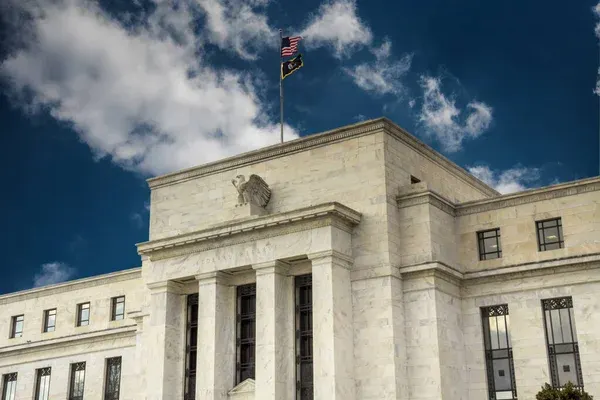
Fed Moves to Ease Economic Pressure with Quarter-Point Rate Cut
The Federal Reserve reduced its benchmark interest rate by 0.25% on Wednesday, marking the first rate cut since December and the first of President Donald Trump’s second term. The new target range is now 4.00% to 4.25%.
The decision follows months of pressure from the Trump administration to lower borrowing costs. However, central bank officials emphasized that the cut was driven by concerns over a cooling labor market, not political influence.
Inflation Risks Balanced Against Employment Concerns
Chair Jerome Powell acknowledged that the central bank is navigating a difficult path. While inflation remains a lingering concern, rising unemployment and stagnant job creation prompted the Fed to act.
“When our goals are in tension like this,” Powell said, “our framework calls for us to balance both sides of our dual mandate.”
Despite the cut, Powell warned that rate changes will depend on upcoming economic data, including the next jobs report expected in two weeks.
Housing Affordability Not Easily Fixed by Fed Tools
Addressing housing affordability, Powell stated that while lower rates may indirectly ease mortgage costs, the central bank has limited power to fix deeper issues like the nationwide housing shortage.
“We don’t set mortgage rates, but our policy rate changes do affect them,” Powell noted. “Still, a lack of housing supply is a structural issue beyond the Fed’s control.”
Stock Market Reacts with Volatility
Markets fluctuated throughout the day. The Dow initially rose over 450 points before retreating, while the S&P 500 and Nasdaq ended the day in the red. The Russell 2000 index, which tracks smaller companies, rose 1.2%, benefiting from expectations of lower borrowing costs.
Treasury yields also saw movement. The 10-year yield briefly dropped below 4%, signaling investor anticipation of future rate cuts.
Trump-Backed Fed Member Pushes for Larger Cut
Newly sworn-in Fed Governor Stephen Miran, a former economic adviser to President Trump, dissented from the majority vote. Miran favored a more aggressive half-point cut, reflecting the administration’s push for faster monetary easing.
Miran’s dot plot projection showed a strong preference for additional cuts in 2025, setting him apart from other Fed officials.
Black Unemployment Raises Red Flags
The jobless rate among Black Americans rose to 7.5% in August—the highest level since late 2021. Powell described this as a warning sign of broader economic instability.
“Younger people and minority groups tend to feel economic shifts sooner,” he said.
Fed Remains Firm on Independence Despite Political Pressure
Powell faced questions about whether the central bank remains politically neutral. He reiterated that the Fed bases its actions strictly on economic data and dismissed speculation that politics have influenced decision-making.
“I don’t believe we’ll ever get to that place,” Powell said. “We’re doing our work exactly as we always have.”
Outlook: Additional Cuts Likely
Market analysts expect further rate cuts in the coming months. While the Fed has not committed to a timeline, internal projections and public comments suggest more easing is likely if job market weaknesses persist.
The Fed’s economic projection chart, or “dot plot,” revealed internal divisions about how many more cuts may be needed, but consensus appears to favor further reductions this year.
Related Coverage
- Idaho News – https://idahonews.co/idaho-news-3/
- National News – https://idahonews.co/national-news/






